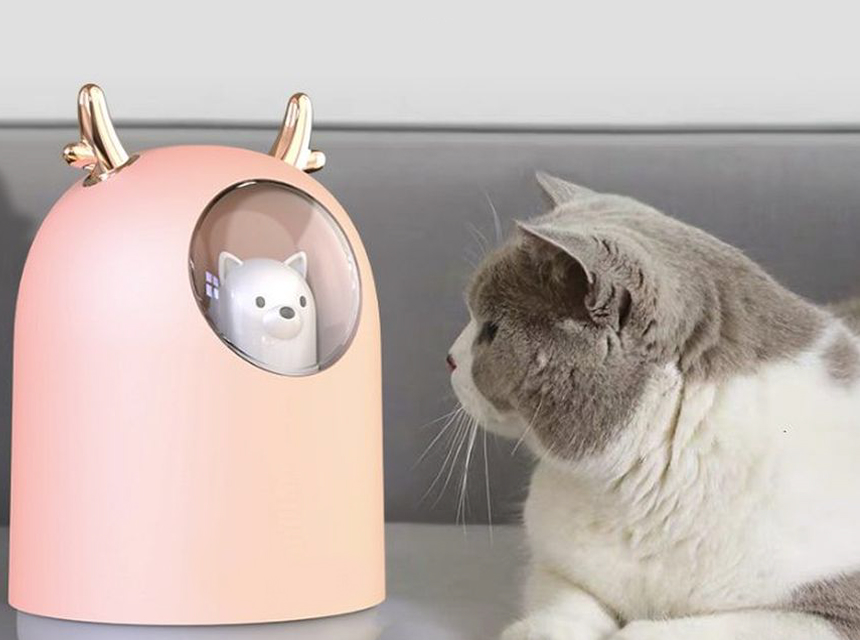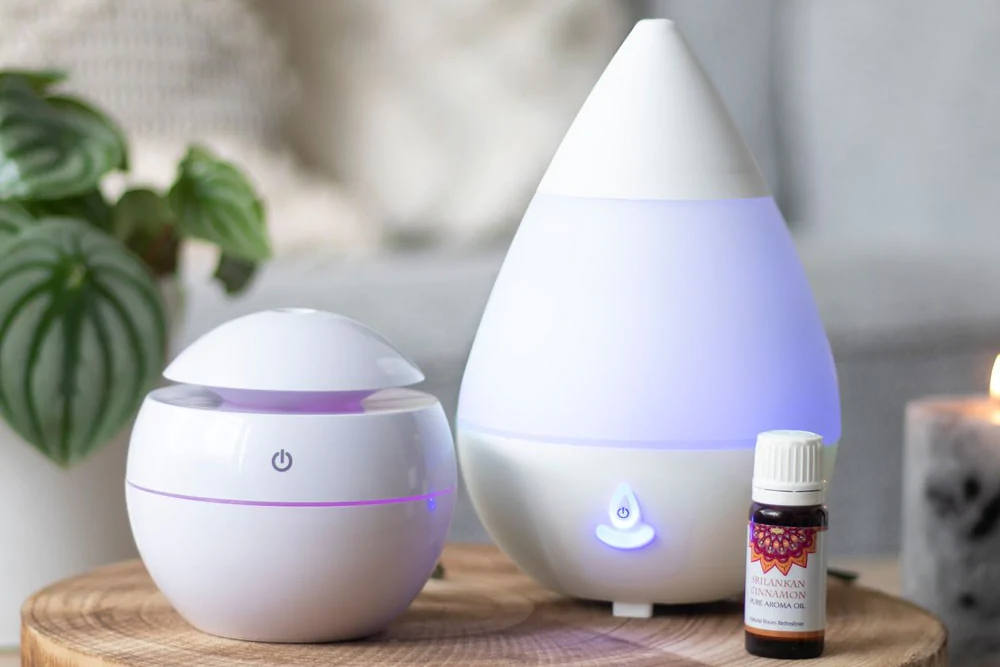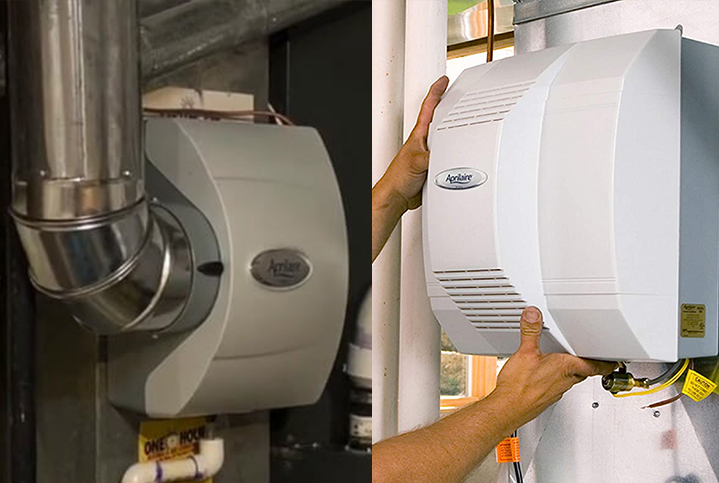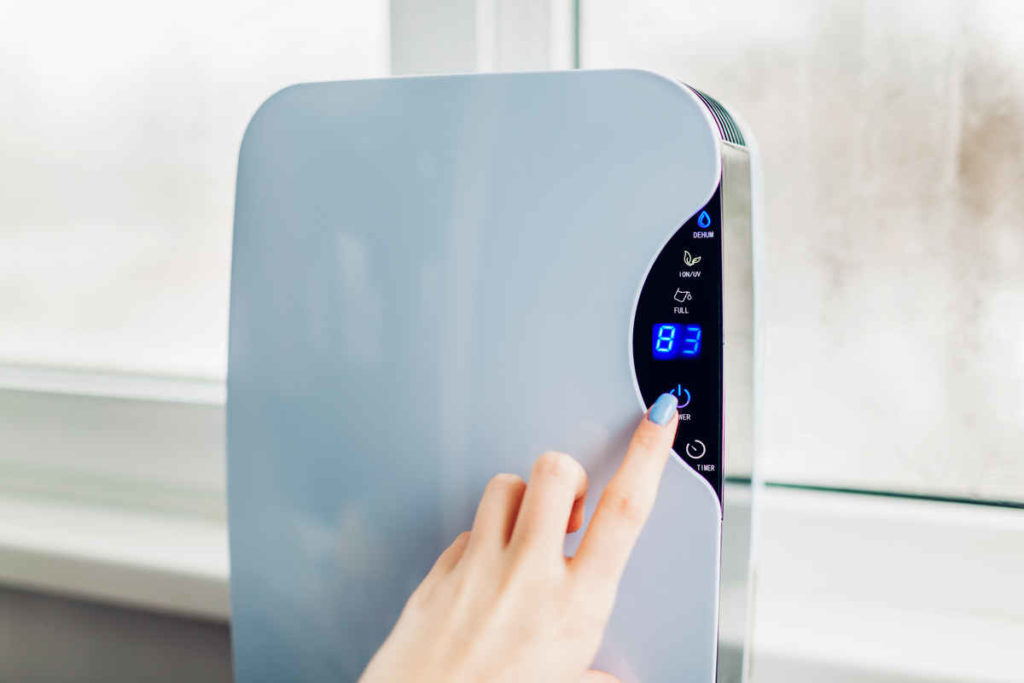

You probably have a humidifier to relieve your allergies, asthma, and other respiratory conditions caused by dry air, especially during winter. Even cracked lips and a common cold can be managed with high humidity. Did you know that if you don’t use and maintain your humidifier properly, it can be more harmful than useful to you? Humidifiers are prone to mold, bacteria, and mineral build-up if they are not cleaned thoroughly, the water is not changed regularly, or mineral-rich tap water is used.
To be on the safe side, you need to learn how to make distilled water for a humidifier. It will even help you save some pocket change as distilled water isn’t as cheap as tap water. There are different ways of making mineral-free distilled water that is ideal for humidifiers, including the glass bowl method, the kettle, copper tube, and glass jar method, and the solar water distillation Trusted Source Solar Water Distillation - SDF Solar water distillers or solar stills are usually used in remote areas where there is limited access to freshwater. The basic principles of solar water distillation are simple, yet effective, as distillation replicates the way nature makes rain. A solar still works on two scientific principles: evaporation and condensation. The salts and minerals do not evaporate with the water. www.safewater.org method.
A humidifier is a device that emits water steam to increase moisture levels in the air. There are 5 types of humidifiers, and they all function differently.
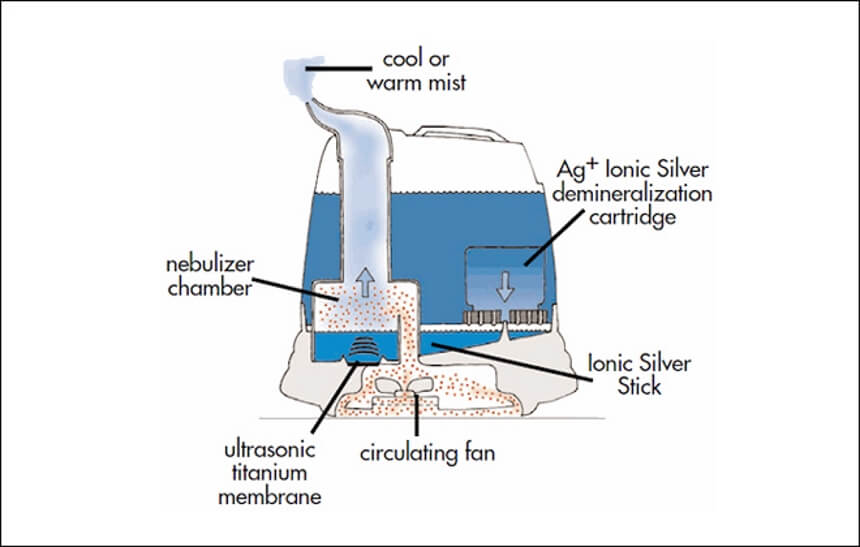
These use a fan to blow air through a belt, filter, or wet wick. Then the water evaporates into vapor and is pushed out as water mist or spray into the air.
If you have an air conditioning or heating system in your home, then you have a central humidifier. They are added to the AC and heating systems to increase the moisture level in the entire home or any indoor space.

These are humidifiers that use electricity to create cooled steam. Since they usually have hot water inside them, you have to be careful and even find a safe position for it in your home, especially if you have kids and pets.
If your humidifier has any issues or isn’t working properly, contact your manufacturer for a solution or the way forward. You could also have a professional look at it if the warranty has expired.
Humidity level is the moisture level in the air, and it usually varies from place to place, seasonally, or even according to the weather. During summer, the humidity level is higher compared to winter when all the heating systems dry the air.
The best humidity level in a house or any indoor space ranges between 60% and 75% during summer and 55-70% during winter.
Humidity level shouldn’t be too high or too low. Low humidity will dry out your skin and cause an unending irritation to your throat, nose, and eyes. High humidity will cause condensation on your floors, walls, and other surfaces in your home, creating a good breeding ground for harmful bacteria, molds, and dust mites. Therefore, experts recommend getting a whole-house humidifier like the famous Emerson HSP2000 Whole House Steam Humidifier. You can use it in a space as large as 1400 sq ft, and it features an automatic humidistat that can detect the need for humidity.
Ordinary tap water is filled with different types of minerals that can create deposits in the humidifier. This will force you to change the humidifier’s cartridge depending on its type, and it can be hella costly. The mineral deposits can trigger the growth of bacteria in the humidifier, which would make it more harmful than helpful to you.
What’s more, the minerals in the tap water will get released into the air, and before they fall on the floor, you will have breathed in a good amount of them.
Distilled water doesn’t have minerals, thus highly recommended for the longevity of your humidifier and safe use.
So, you’ve gone ahead to buy the best whole house humidifier, but you just can’t keep buying distilled water for it. Here are a couple of ways you can easily make distilled water for your humidifier:
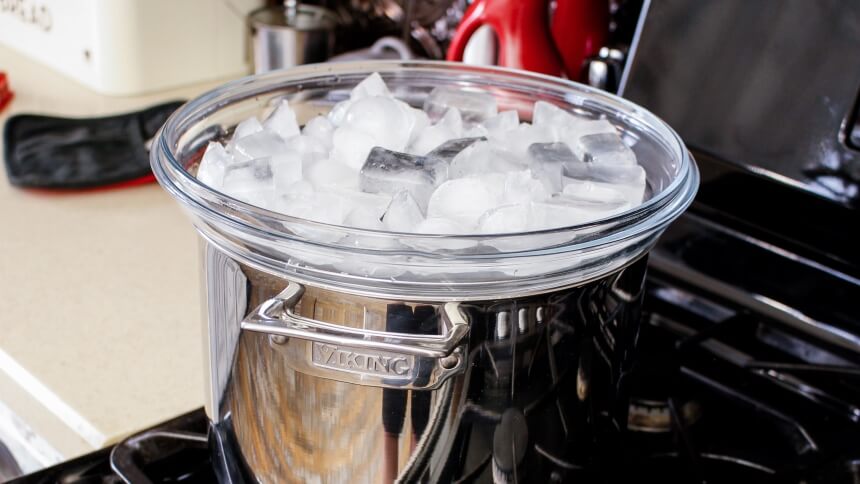
The first thing you need to do is fill the cooking pot halfway with water, then place the glass bowl in it. Ensure it floats. It should not touch the bottom of the pot. You can use anything like a baking rack to keep them floating. Next, bring the water to boil, then use a barrier to create a condensation effect. The barrier can be hot or cold. You can invert your pot’s lid then place ice on it. Hot steam will hit the cold surface then create condensation.
The condensed water will drip inside the glass bowl. Let the process continue until you have enough distilled water in the bowl. Ensure the water in the bowl does not boil. Reduce the heat in case it starts boiling.
This is another simple method that you can hack at home without any help. You need 2 bottles. It would be much better if one of the bottles curves outward from the neck so that the distilled water doesn’t slide back into the other bottle.
All you have to do is fill up one bottle with tap water, then join it to the other with duct tape. Place the bottle with water in a pot with hot boiling water. Angle the bottles correctly such that the neck of the bottle with water rests on the inside of the pot’s rim. This makes water collection easy.
Next, place a pack of ice on the collection bottle to create condensation, then let the process continue until you have enough water in the bottle.
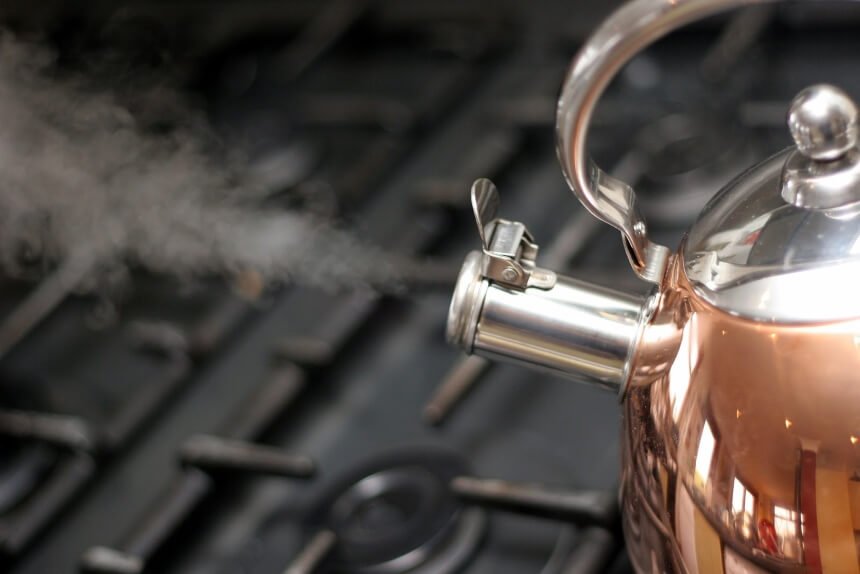
Fill the kettle with tap water, then bring it to boil.
This is the simplest method ever. All you need to do is place a container outside to collect rainwater, then leave it outside for 2 days for minerals to dissipate. After the 2 days, you can store the distilled water in bottles.
This is another method that allows you to get distilled water without spending a single penny. However, you need patience because it takes time. All you need is a shallow water jar and an angled glass over it. The sun will make the water evaporate, then condense and drip in the angled glass.
To keep your humidifier clean and free from contaminants like bacteria, fungi, or mold, you should follow the manufacturer’s guidelines. Here are some of the key maintenance tips that will keep your humidifier at top-notch performance throughout:
Most manufacturers recommend cleaning every 3 days to remove deposits or film in the humidifier’s tanks. You can use hydrogen peroxide, which you can get from a pharmacy. A disinfectant or chlorine bleach can also do as long as you rinse the tank thoroughly after cleaning.
Regular tap water has minerals that can get deposited in your humidifier and create a breeding ground for bacteria.
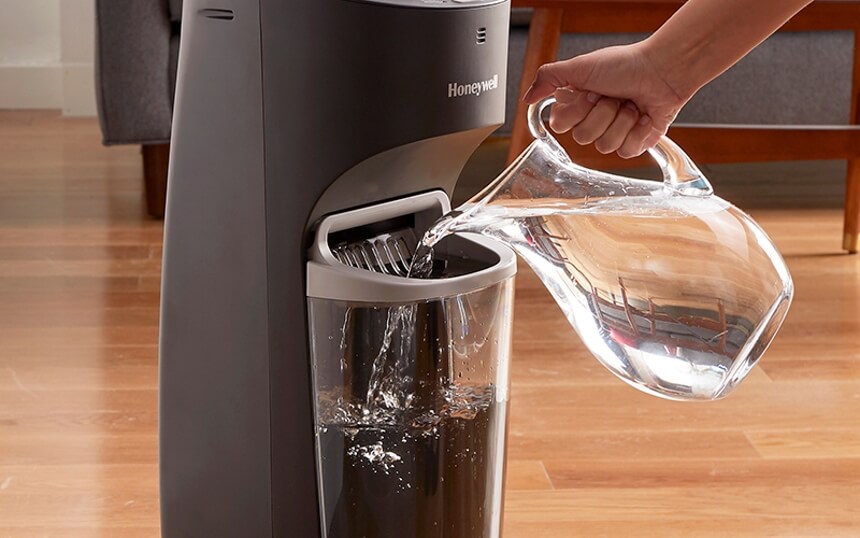
Change the filters as often as the manufacturer suggests.
If the windows, walls, or carpet close to the humidifier get wet, turn it down or use it less frequently.
If you are prone to catching a bad cold every often or you are struggling with allergies and other respiratory problems, then you ought to invest in the best humidifier. Sooner or later, you will realize that owning a humidifier is one thing, and taking care of it to get the most out of it is another thing. Using clean distilled water is one of the main humidifier maintenance hacks. However, distilled water costs a pretty penny. If you are big on home economics, then you will want to know how to make distilled water for a humidifier at home.
We have discussed all the ways of going about it in great detail. The solar water distiller and converting rainwater are a no-brainer and cost-effective, but they require patience as they take much time. The glass bowl method and the glass bottles method are also cost-effective because you wouldn’t necessarily need to purchase items. The kettle-copper tube-glass jar method is the quickest method.
